The Metaverse Meets Reality - How Digital Twins are Revolutionizing Industries

While the metaverse might still feel like a futuristic concept confined to science fiction, the technology underpinning its potential is already transforming industries today. That technology is the digital twin - a virtual representation of a physical asset, process, or system that mirrors its real-world counterpart in near real-time.
Think of it as a bridge between the physical and digital realms. This bridge allows for unprecedented levels of data analysis, simulation, and optimization, pushing the boundaries of innovation across sectors like manufacturing, healthcare, urban planning, and beyond.
Beyond the Buzzword: Understanding the Power of Digital Twins
Digital twins aren't just static 3D models. They're dynamic, data-driven representations that evolve alongside their physical counterparts. By leveraging sensors, IoT devices, and real-time data feeds, digital twins capture and analyze vast amounts of information, providing invaluable insights that were previously impossible to obtain.
Here's how this translates to real-world impact:
1. Predictive Maintenance: Outsmarting Downtime
In manufacturing, unscheduled downtime can be a costly nightmare. Digital twins offer a proactive solution. By analyzing data from sensors embedded in machinery, these digital replicas can detect anomalies and predict potential equipment failures before they occur.
For example, **Siemens Gamesa** uses digital twins to monitor the performance of its wind turbines, leading to a 20% reduction in inspection costs and a significant decrease in unplanned downtime. This translates to substantial cost savings and increased energy output.
2. Optimizing Processes: The Quest for Efficiency
Digital twins are instrumental in optimizing complex processes by simulating different scenarios and identifying areas for improvement. In the logistics industry, digital twins of ports and supply chains can analyze traffic flow, optimize cargo routing, and even simulate the impact of weather events, leading to increased efficiency and reduced costs.
**Singapore's Maritime Port Authority** exemplifies this, using a digital twin of the Port of Singapore to optimize vessel traffic and port operations, resulting in shorter berthing times and improved cargo handling efficiency.
3. Redefining Healthcare: Personalized Treatment and Beyond
The healthcare industry is experiencing a digital twin revolution. From personalized treatment plans to drug discovery, the potential is vast. Digital twins of patients, created from medical records, genomic data, and wearable sensor information, allow for personalized treatment strategies and drug development.
Companies like **Dassault Systèmes** are developing virtual heart twins that simulate the function of a patient's heart, enabling cardiologists to test different treatment options virtually and determine the most effective approach.
The Future Landscape: Where Do We Go From Here?
The digital twin technology is still evolving, with its full potential yet to be realized. As artificial intelligence (AI) and machine learning (ML) continue to advance, digital twins will become even more sophisticated, capable of autonomous decision-making and driving further innovation across industries.
From smart cities that optimize resource allocation and energy consumption to personalized learning experiences tailored to individual needs, the future possibilities with digital twins are truly transformative. As the line between the physical and digital worlds continues to blur, one thing is certain: digital twins are here to stay, shaping the future of innovation and reshaping industries in ways we are only beginning to imagine.

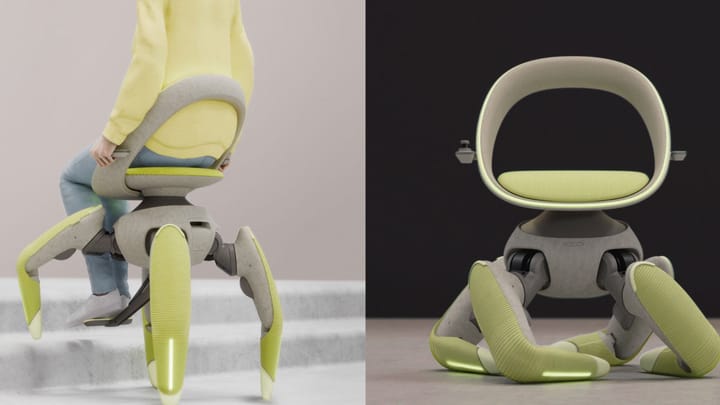




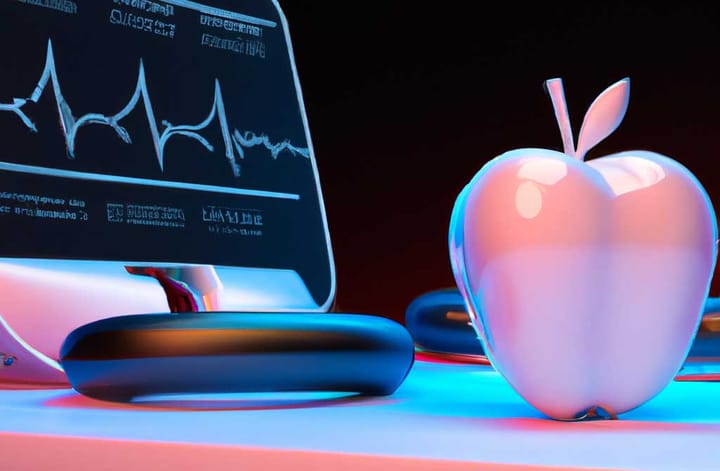
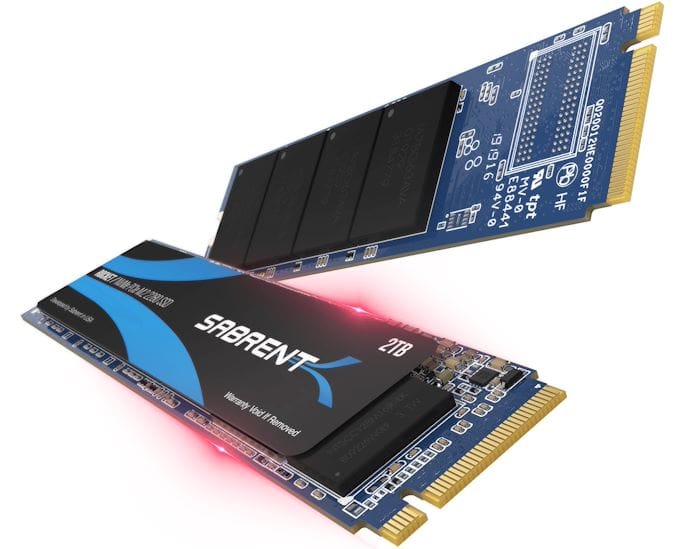




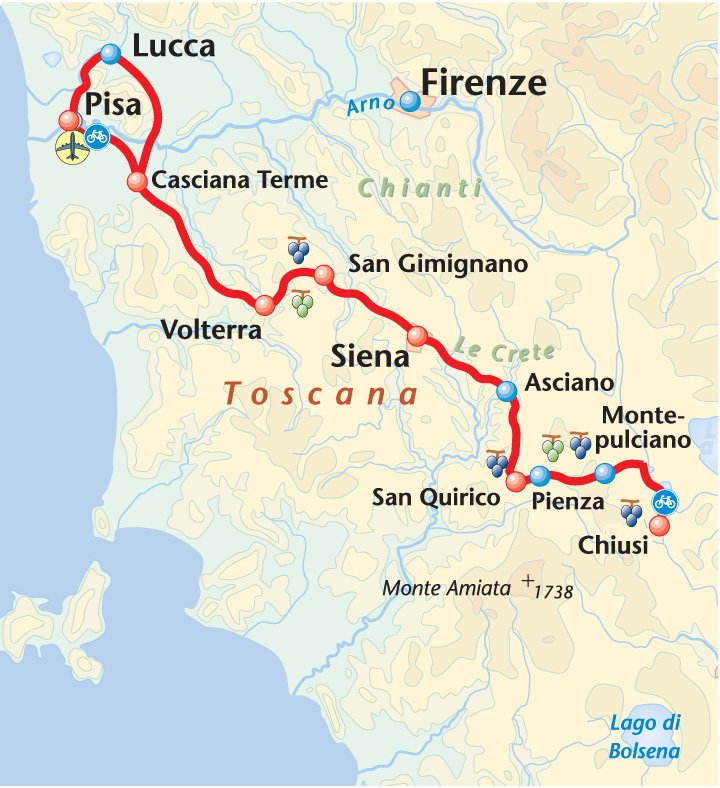



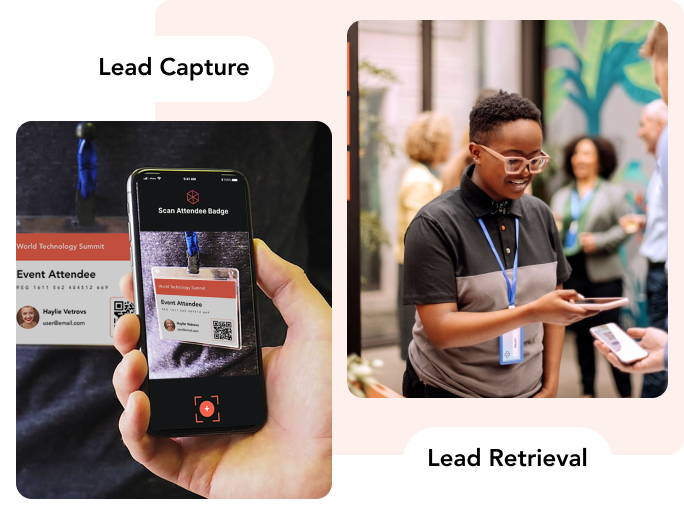

Comments ()